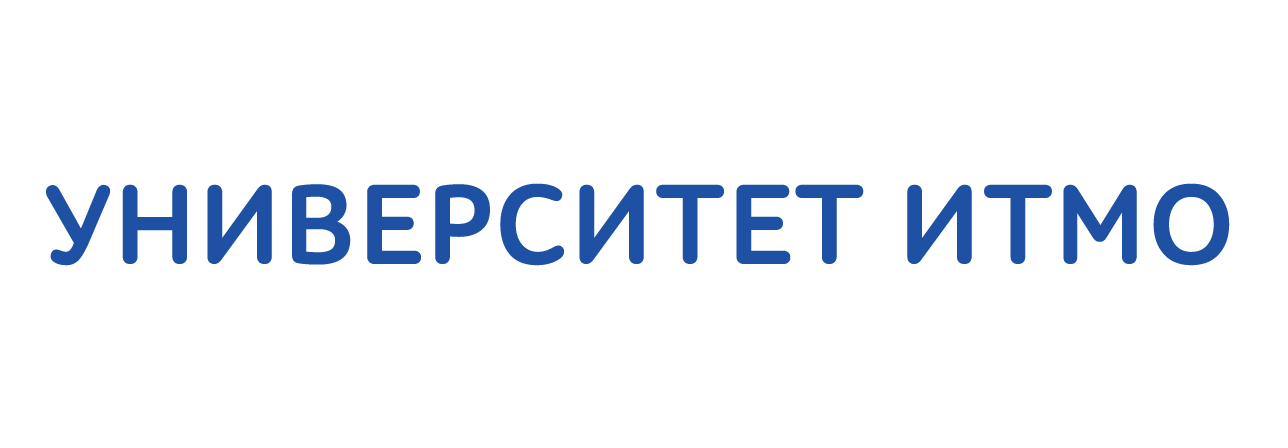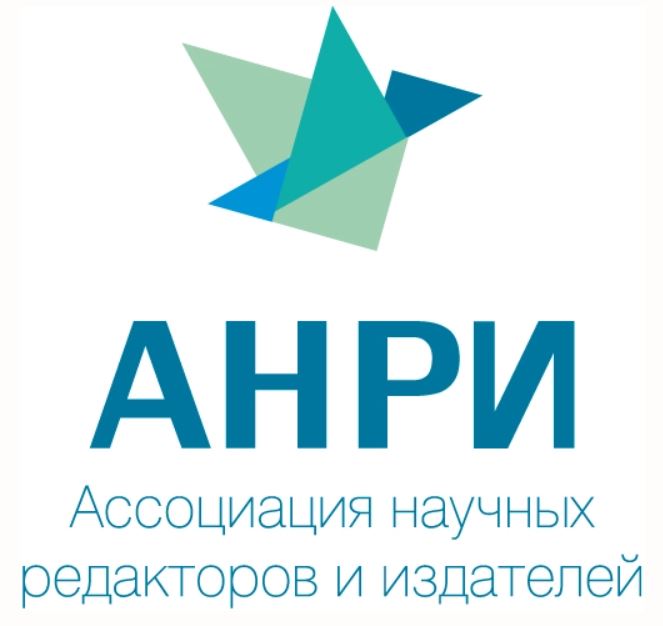Ключевые слова: колебательная когерентная антистоксовская рамановская спектроскопия, измерение температуры газа, сгорание топлива, диагностика процесса сгорания
Благодарности. Авторы благодарят AiF за финансирование совместной прикладной исследовательской (IGF) работы 17838 N / 4 Исследовательской ассоциации Института газа и теплоты, г. Эссен, e.V.- GWI, Hafenstraße 101, 45356 Essen, Germany, работа проводилась в рамках IGF Федерального министерства экономики и технологии на основе Постановления Федерального Парламента Германии.
Список литературы
1. Maclean S., Leicher J., Giese A., Irlenbusch J. NOx-arme Nutzung von Oxy-fuel-verbrennung mit stark N2-haltigem Sauerstoff in der NE-Metallurgie // GWI - Gaswärme International. 2012. V. 61. P. 85-92.
2. Al-Chalabir R., Schatz C., Yap L., Marshall R. Flat flame oxy-fuel burner technology for glass melting // Ceramic Engineering and Science Proceedings. 1995. V. 16. N 2. P. 202–215.
3. Ross C.P., Tincher G.L., Rasmussen M. Glass melting technology: a technical and economic assessment, glass manufacturing industry // U.S. Department of Energy-Industrial Technologies Program, 2004. N DEFC- 36-021D14315.
4. Kluger F., Mönckert P., Wild T., Marquard A., Levasseur A.A. Entwicklungsstand der oxy-fuelverbrennungstechnologie / In: Kraftwerkstechnisches Kolloquium 2010 – Kraftwerkstechnik.
5. Kuckshinrichs W., P Markewitz., Linssen J., Zapp P., Peters M., Köhler B., Müller T.E., Leitner W. Weltweite innovation bei der entwicklung von CCS-technologien und möglichkeiten der nutzung des
recyclings von CO2 // Study on Behalf of the Federal Ministry of Economy and Energy. 2010. N 25/08 AZ | D4-020815.
6. Warnatz J., Maas U., Dibble R.W. Combustion: Physical and Chemical Fundamentals, Modeling and Simulation, Experiments, Pollutant Formation. Berlin: Springer, 2001. 378 p. doi: 10.1007/978-3-540-45363-5
7. Lallemant N., Breussin F., Weber R. Analysis of the flame structure, heat transfer and NOx emission characteristics of oxy-natural gas flames // International Flame Research Foundation. 1998. Doc N F85/y/7.
8. Lallemant N., Dugué J., Weber R. Analysis of the experimental data collected during the OXYFLAM-1 and OXYFLAM-2 experiments // International Flame Research Foundation. 1997. N F85/Y/4.
9. Lallemant N., Dugué J., Weber R. Measurement techniques for studying oxy-natural gas flames // Journal of the Institute of Energy. 2003. V. 76. N 507. P. 38–53.
10. Eckbreth A.C. Laser Diagnostics for Combustion Temperature and Species. Amsterdam: Gordon and Breach Publishers, 1996. 632 p.
11. Kohse-Höinghaus K. Applied Combustion Diagnostics. NY: Taylor & Francis, 2002. 672 p.
12. Kampmann S., Seeger T., Leipertz A. Simultaneous coherent anti-Stokes Raman scattering and twodimensional laser Rayleigh thermometry in a contained technical swirl combustor // Applied Optics. 1995. V.
34. N 15. P. 2780–2786.
13. Beyrau F., Datta A., Seeger T., Leipertz A. Dual-pump CARS for the simultaneous detection of N2, O2 and CO in CH4 flames // Journal of Raman Spectroscopy. 2002. V. 33. N 11–12. P. 919–924.
14. Braeuer A., Beyrau F., Weikl M.C., Seeger T., J Kiefer., Leipertz A., Holzwarth A., Soika A. Investnigation of the combustion process in an auxiliary heating system using dual-pump CARS // Journal of Raman Spectroscopy. 2006. V. 37. N 6. P. 633–640. doi: 10.1002/jrs.1489
15. Magre P., Aguerre F., Collin G., Versaevel P., Lacas F., Rolon J.C. Temperature and concentration measurements by CARS in counterflow laminar diffusion flames // Experiments in Fluids. 1995. V. 18. N 5. P. 376–382. doi: 10.1007/BF00211395
16. Brackmann C., Bood J., Bengtsson P.-E., Seeger T., Schenk M., Leipertz A. Simultaneous vibrational and pure rotational coherent anti-Stokes Raman spectroscopy for temperature and multispecies concentration measurements demonstrated in sooting flames // Applied Optics. 2002. V. 41. N 3. P. 564–572.
17. Beyrau F., Seeger T., Malarski A., Leipertz A. Determination of temperatures and fuel/air ratios in an etheneair flame by dual-pump CARS // Journal of Raman Spectroscopy. 2003. V. 34. N 12. P. 946–951. doi: 10.1002/jrs.1092
18. Datta A., Beyrau F., Seeger T., Leipertz A. Temperature and CO concentration measurements in a partially premixed CH4/Air coflowing jet flame using coherent Anti-Stokes Raman scattering // Combustion Science and Technology. 2004. V. 176. N 11. P. 1965–1984. doi: 10.1080/00102200490504607
19. Weikl M.C., Beyrau F., Leipertz A. Simultaneous temperature and exhaust-gas recirculation-measurements in a homogeneous charge-compression ignition engine by use of pure rotational coherent anti-Stokes Raman spectroscopy // Applied Optics. 2006. V. 45. N 15. P. 3646–3651. doi: 10.1364/AO.45.003646
20. Brackmann C., Bood J., Afzelius M., Bengtsson P.-E. Thermometry in internal combustion engines via dualbroadband rotational coherent anti-Stokes Raman spectroscopy // Measurement Science and Technology. 2004. V. 15. N 3. P. R13–R25. doi: 10.1088/0957-0233/15/3/R01 И.В. Трёгер, Т. Зеегер
21. Clauss W., Klimenko D.N., Oschwald M., Vereschagin K.A., Smirnov V.V., Stelmakh O.M., Fabelinsky V.I. CARS investigation of hydrogen Q-branch linewidths at high temperatures in a high-pressure H2-O2 pulsed burner // Journal of Raman Spectroscopy. 2002. V. 33. N 11–12. P. 906–911.
22. Hussong J., Lückerath R., Stricker W., Bruet X., Joubert P., Bonamy J., Robert D. Hydrogen CARS thermometry in a high-pressure H2–air flame. Test of H2 temperature accuracy and influence of line width by comparison with N2 CARS as reference // Applied Physics B: Lasers and Optics. 2001. V. 73. N 2. P. 165–172.
23. Switzer G., Sturgess G., Sloan D., Shouse D. Relation of CARS temperature fields to lean blowout performance in an aircraft gas turbine generic combustor // AIAA paper 94-3271. 1994.
24. Meyer T.R., Roy S., Lucht R.P., Gord J.R. Dual-pump dual-broadband CARS for exhaust-gas temperature and CO2–O2–N2 mole-fraction measurements in model gas-turbine combustors // Combustion and Flame. 2005. V. 142. N 1–2. P. 52–61. doi: 10.1016/j.combustflame.2005.02.007
25. Reichardt T.A., Schrader P.E., Farrow R.L. Comparison of gas temperatures measured by coherent anti- Stokes Raman spectroscopy (CARS) of O2 and N2 // Applied Optics. 2001. V. 40. N 6. P. 741–747.
26. Seeger T. Moderne Aspekte der linearen und nichtlinearen Raman-Streuung zur Bestimmung thermodynamischer Zustandsgrößen in der Gasphase. Habilitation, University of Erlangen-Nuremberg, 2006.
27. Eckbreth A.C., Dobbs G.M., Stufflebeam J.H., Tellex P.A. CARS temperature and species measurements in augmented jet engine exhausts // Applied Optics. 1984. V. 23. N 9. P. 1328–1339.
28. Magens E. Nutzung von Rotations-CARS zur Temperatur- und Konzentrationsmessung in Flammen. Dissertation, University of Erlangen-Nuremberg, 1993.
29. Rahn L.A., Palmer R.E., Koszykowski M.L., Greenhalgh D.A. Comparison of rotationally inelastic collision models for Q-branch Raman spectra of N2 // Chemical Physics Letters. 1987. V. 133. N 6. P. 513–516. doi: 10.1016/0009-2614(87)80069-6
30. Herzberg G. Molecular Spectra and Molecular Structure. 2nd ed. D. van Nostrand Company, Inc., 1963.
31. Rouillé G., Millot G., Saint-Loup R., Berger H. High-resolution stimulated Raman spectroscopy of O2 // Journal of Molecular Spectroscopy. 1992. V. 154. N 2. P. 372–382. doi: 10.1016/0022 2852(92)90215-A
32. Thumann A., Seeger T., Leipertz A. Evaluation of two different gas temperatures and their volumetric fraction from broadband N2 coherent anti-Stokes Raman spectroscopy spectra // Applied Optics. 1995. V. 34. N 18. P. 3313–3317. doi: 10.1364/AO.34.003313

















